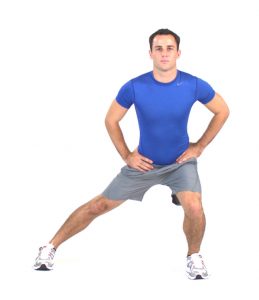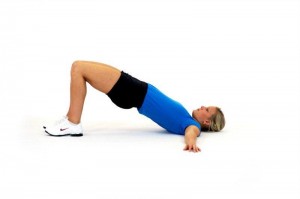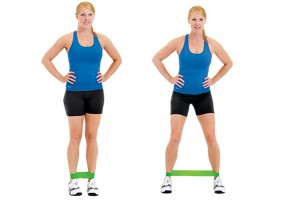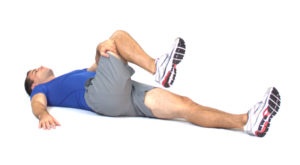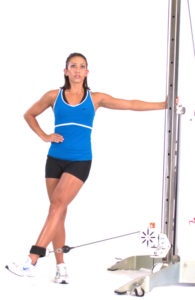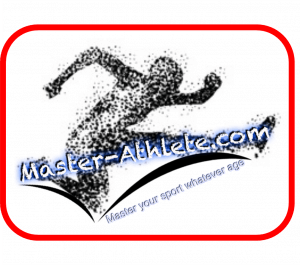Lets begin with what is piriformis syndrome?
In the simplest terms, piriformis syndrome results from the compression (entrapment) of the sciatic nerve by the piriformis muscle. The piriformis is a slender, band-like muscle that is located in the buttocks near the top of the hip joint. This muscle is important to the functioning of the leg because it stabilises the hip joint and rotates the thigh away from the body when it contracts.
The sciatic nerve is a long, thick nerve that passes beside or through the piriformis muscle. As it passes down the back of the leg, it divides into smaller nerves that travel into the foot.
There are two variations of entrapment. The first variation takes place below to the piriformis muscle and above the gemellus muscle. Entrapment in this area is likely due to a myospasm or contracture (tightening or shortening) of either of these two muscles. The second variation is when the sciatic nerve pierces the piriformis muscle. In this case, myospasm and/or contraction of the piriformis muscle can lead to pain along the back of the thigh to the knee, loss of sensation, or numbness and tingling into the foot.
Piriformis syndrome symptoms
Piriformis syndrome usually begins with some combination of pain, tingling, or numbness in the buttocks, but symptoms can be severe and may extend down the entire length of the leg. This particular syndrome can often mimic its more notorious counterpart, sciatica syndrome. The main difference between sciatica syndrome and piriformis syndrome is the cause. Sciatica is directly due to a lumbar disc pressing on the sciatic nerve, not the piriformis muscle.
What both of these syndromes have in common is that they both affect the sciatic nerve and can produce pain, numbness, and tingling below the knee and into the foot. Some of the common symptoms include:
- Pain that is often aggravated by sitting, squatting, or walking
- Affected leg is externally rotated (toes point out) when relaxed
- Low back pain
- Deep aching in the buttock and thigh on the involved side

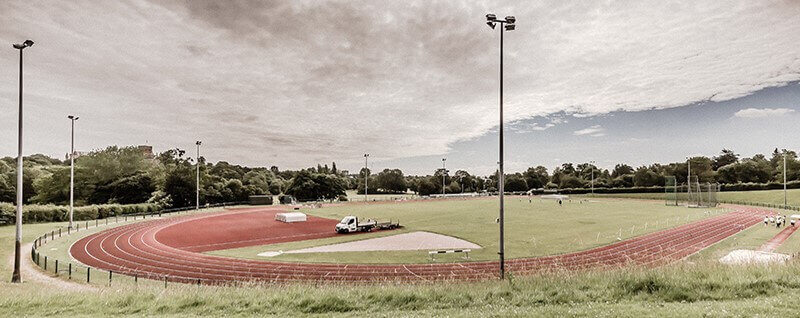


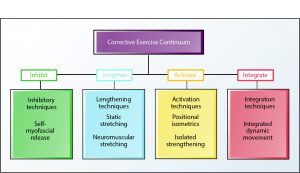 NASM Corrective Exercise Continuum
NASM Corrective Exercise Continuum

